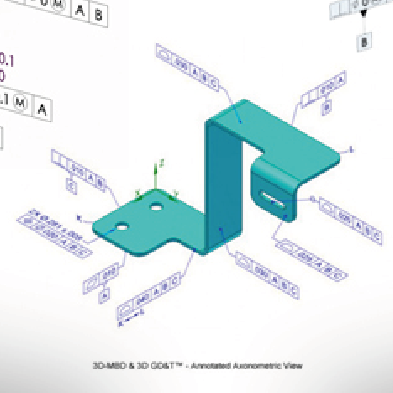Geometrical Tolerancing is a system that allows tolerances to be applied to features rather than dimensions on engineering drawings and CAD models. It allows different aspects of form, orientation, and location to be toleranced independently of each other. This allows tolerances to reflect the functions and relationships that the designer intends. Advantages include:-
- Productivity can be improved without relaxing tolerance requirements
- Tolerance zones can often be enlarged
- Form requirements like roundness and flatness can be toleranced
- Relationships like coaxiality can be toleranced
- Complex surfaces can be toleranced far more effectively
- Drawings are less ambiguous and can even be simplified
Geometrical tolerancing is no longer a special tool to be dusted off for awkward geometry and high precision requirements. It is a better way of applying tolerances to all features, and is central to the Geometrical Product Specification methodology.
The greater flexibility and precision of this system allows engineers and designers to document design intent more accurately and more completely. An understanding of this system is increasingly a contractual requirements, and manufacturing organisations cannot afford to remain in ignorance of it.

